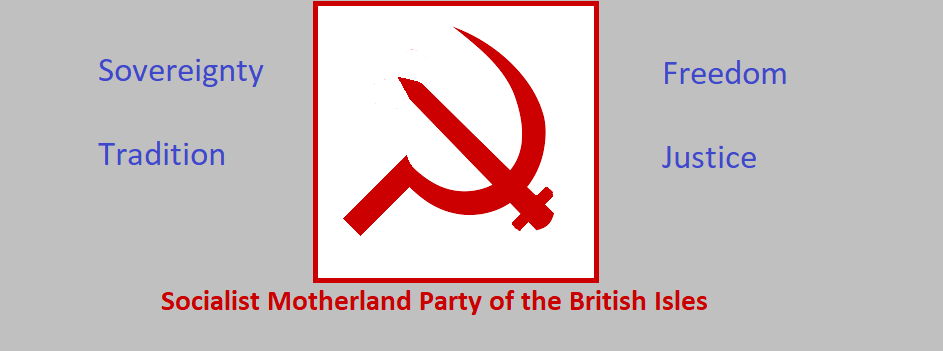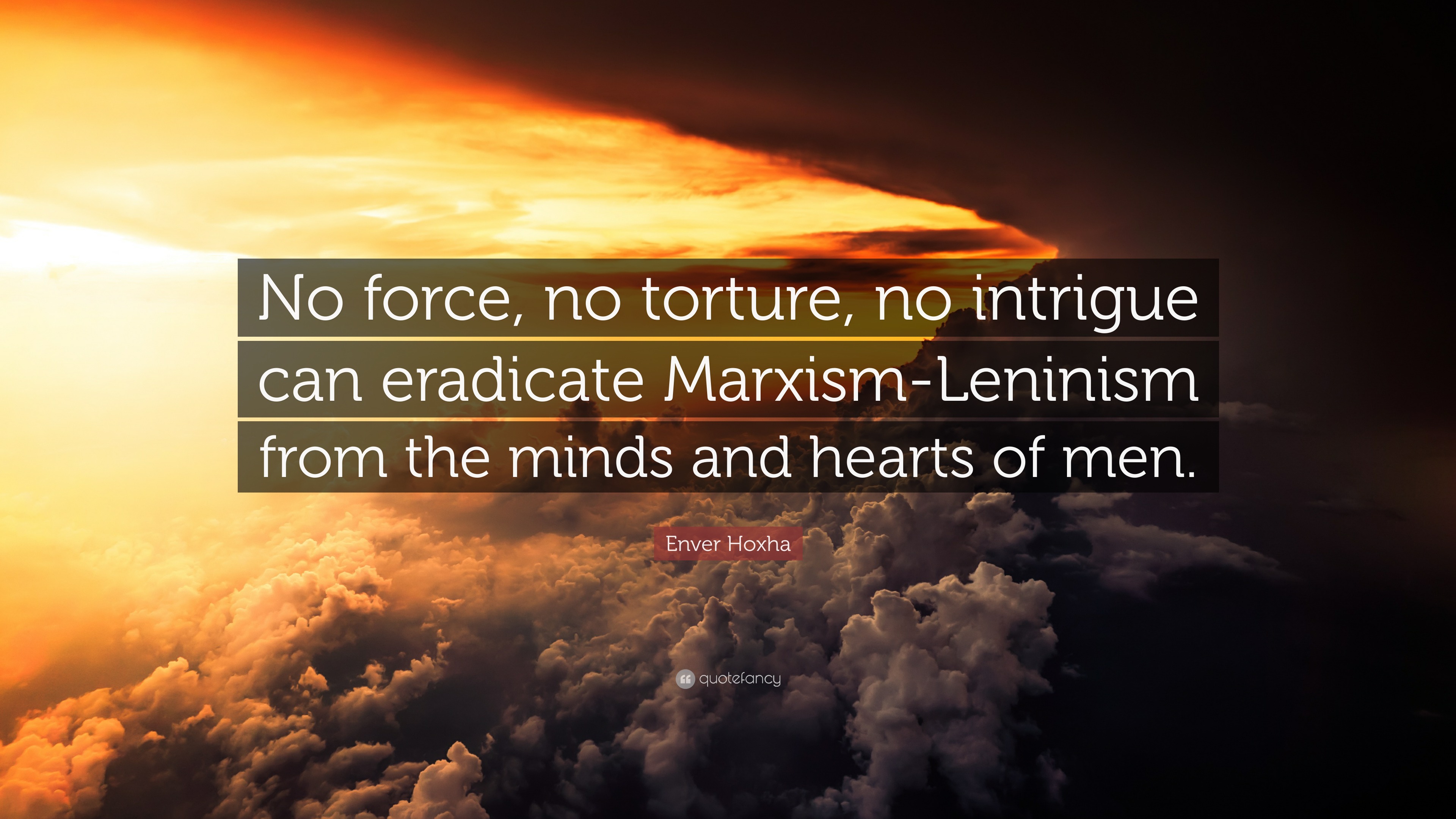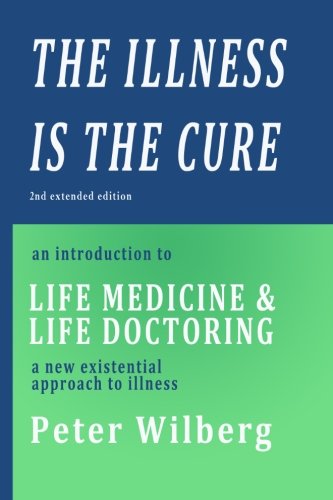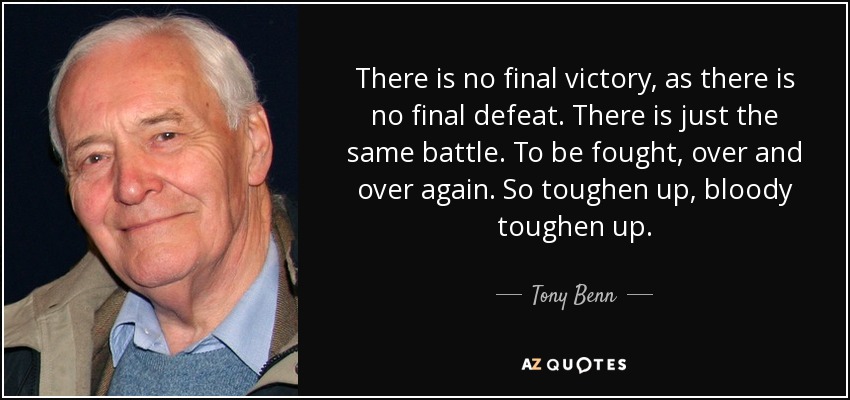Please comment at:
Appendix 2. Biomedical Psychiatry – A Health Warning
Your symptoms – or those of your clients or patients if you are a counsellor or doctor – may themselves be effects of the very drugs that are being or have been prescribed to ‘treat’ them.
Recent decades have seen an enormous rise in the number of people treated with psychopharmaceutical medications – all of which have a direct effect on brain functioning. Such medications include:
Antidepressants (in particular so-called SSRI’s which raise serotonin levels in the brain )
Anxiolytics (for treating anxiety, sleep problems and panic attacks – in particular the large range of so-called benzodiazepines such as Valium)
Neuroleptics (for treating so-called psychotic symptoms)
Stimulants (used on an increasing scale to treat children and adults with so-called behaviour disorders such as Attention Deficit Disorder)
Anticonvulsants (usually prescribed for epilepsy, fibromyalgia and neuralgias but some of which, for example pregabalin, are also prescribed for anxiety disorders)
What is not so well known is that many of the psychological and somatic symptoms treated by counsellors and psychotherapists, physicians and psychiatrists are a direct result of taking or having taken medications of these sorts. Symptoms such as depression, anxiety, sleep disturbances, panic attacks, phobias, compulsions, mania, poor concentration, loss of affect, suicidal thoughts and psychotic episodes are all recognised by pharmaceutical companies themselves as potential effects of the very medications designed to treat them. Indeed it has been estimated that up to 50% of all patients attending mental health services may be presenting with anxiety disorders resulting from the use of anxiety-treating drugs or ‘anxiolytics’ – specifically the benzodiazepines. This is due to the development of dependency and acute or chronic withdrawal symptoms – such as increased anxiety or panic attacks – even whilst taking prescribed doses, whose efficacy declines as neuro-physiological habituation to the drugs or ‘tolerance’ sets in.
According to the psychiatrist Peter Breggin, health practitioners now confront a hidden epidemic of iatrogenic (medically caused) psychical and somatic illness resulting from short or long-term chemical disruption of brain functioning. The adverse effects of psychopharmaceutical medications, both acute and chronic, include:
intended effects (for example the mind-numbing depression of brain functioning and the dulling of thought and emotion induced by neuroleptics).
paradoxical effects (accentuation of the very symptoms which the drugs were prescribed to treat, such as panic attacks induced by anxiolytics ).
physiological side effects (ranging from respiratory, cardiac, gastrointestinal problems to long-term brain and liver damage, peripheral nerve damage, sexual dysfunction, weight gain, chronic fatigue or dyskinesia (uncontrolled Parkinsonian-type movements).
psychological side effects (symptoms of mania, depression, panic attacks, psychotic episodes, suicidal ideation etc. of a sort not previously experienced by the individual at any time before taking the medications).
withdrawal effects (acute or chronic psychological and physiological effects experienced when coming off prescribed medications).
tolerance effects (needing ever-increasing dosages of the same drug to simply avoid what can be acute and frequent inter-dose withdrawal effects).
short and long-term ‘dependency’ (in plain language addiction – resulting in tolerance and need for ever-higher doses to avoid withdrawal symptoms.)
There is a tendency to interpret even the most dangerous physiological side-effects – if reported – merely as symptoms of a patient’s psychological disorder. Cardiac symptoms, for example, may be interpreted as ‘anxiety’ symptoms, rather than the other way round. As a result, patients with genuine cardiac problems may remain medically untested and untreated until they suffer a serious heart attack.
Many social workers, nurses and even GPs, counsellors, psychotherapists and alternative health practitioners however, still believe that the use and efficacy of psychopharmaceutical drugs is scientifically proven. The medical myth has it that mental disorders such as ‘depression’ are caused by biochemical imbalances in the brain. Not only has there never been any scientific evidence of this whatsoever, it is actually not technically possible to measure the levels of neurotransmitters in the synapses between brain cells. The hypothesis of an original ‘chemical imbalance’ was arrived at by arguing backwards from the supposedly therapeutic effects of drugs designed to chemically influence the release or reuptake of particular neurotransmitters – thereby altering their respective levels in the brain, even though the latter cannot be directly measured. Thus whilst there is no evidence that such drugs correct imbalances in the brain, they can be chemically guaranteed to cause them – artificially elevating or depressing neurotransmitter levels in a way that may affect not only mood, but all the body’s most basic regulatory systems.
The principal ‘evidence’ for the therapeutic efficacy of psychopharmaceutical medications comes from short-term clinically controlled studies comparing the effects of an active drug with that of an inactive or ‘inert’ placebo. In most cases, the difference between the drug and placebo thought necessary to scientifically ‘prove’ the efficacy of the former is minimal. But comparing the effects of any active drug with an inert placebo is, as Peter Breggin says, misleading in itself. This is because the active drug may have its own type of placebo effect – giving the patient a felt sense of a drug’s power by virtue of its felt effects, however subtle.
As John Grohol points out:
“…the double-blind placebo controlled study is not blind. Side effects are so obvious that more than 80% of the patients know whether they are on active medication or placebo, patients are equally accurate about other patients on the ward, and nurses and other personnel are privy as well. In some studies the only people who claim to be blind are the prescribing physicians, and in other studies the prescribing physicians admit being as aware of the patients' condition as everyone else.” Even with active placebos “the empirical data show that medication effect sizes are hard to distinguish from the placebo. Also not mentioned is that most antidepressant medications habituate, and the patients' symptoms return. Most patients believe they would feel even worse if they were not taking their medication.”
Grohol goes on to question the use of clinician-rated rather than patient-rated measures of ‘improvement’ in such trials, noting that:
“If patients cannot tell that they are better off in a controlled study, one must question the conventional wisdom about the efficacy of antidepressant drugs.”
One of the main arguments in favour of the use of anti-depressants is suicide and violence prevention. How is it then, that several studies have shown an actual increase in suicide rates in those taking anti-depressants? How is that otherwise sober and responsible individuals with no history of violence or severe personality disorder can, within a few day or weeks fall victim to violent or suicidal impulses, even to the point of committing murder or suicide? One reason is the stimulant effect of the new Prozac-type antidepressants or Selective Serotonin Reuptake Inhibitors (SSRIs). The artificially elevated serotonin levels they are designed to induce can result not only in mild euphoria but manic states or psychotic syndromes similar to those produced by illegal amphetamines. Alternatively, they may, in the first few days of usage, result in an unnatural depression of serotonin levels as the brain tries to compensate for an artificially induced chemical imbalance. In both cases the drug has brought about a form of organic brain dysfunction of the very sort assumed, without evidence, to be responsible for the patient’s symptoms. Another argument for the use of anti-depressants is their ‘efficacy’ for many people. No thought is given however, as to the reasons why such drugs are felt or deemed to be ‘effective’. Breggin explains that:
“A patient typically is rendered unable to stay depressed during an episode of organic brain dysfunction, because depression requires a relatively intact brain and mind. Rendered either apathetic or artificially euphoric by brain dysfunction, the patient is evaluated as ‘improved’.”
“What psychiatrists call ‘depression’ – lethargy, apathy, nervousness, hopelessness, helplessness and unhappiness – is a serious problem often unrecognised as drug-related. Because of their depressant and debilitating effect, psychiatric drugs can make people feel so bad they want to kill themselves.”
SSRI’s such as paroxetine (Seroxat/Paxil) and Prozac may be authorised for use by patients over many years on the basis of clinical trials lasting from only 6 to 10 weeks. GlaxoSmithKline, whose sales of Seroxat/Paxil were valued at over one and a half billion pounds in 2000, continue aggressive marketing of the drug to doctors, with 100 million prescriptions given annually. This despite the fact that their own staff reported trial patients showing significant withdrawal symptoms of agitation and insomnia after only a short period on the drug – which now leads the World Health Organisation’s list of pharmaceuticals reported by doctors to cause acute withdrawal problems. GSK leaflet accompanying prescriptions still tell the patient that “you cannot become addicted to Seroxat.” No distinction is made between dependency of the sort comparable to an addict’s cravings for tobacco or heroin, and addiction based purely on the need to avoid acute physical or psychological withdrawal symptoms.
The information leaflet for Seroxat also includes the following words:
“Occasionally, the symptoms of depression may include thoughts of harming yourself or committing suicide. Until the full antidepressant effect of your medication becomes apparent it is possible that these symptoms may increase in the first few weeks of treatment.”
The tone is soothing. But in June 2001, GSK were forced to pay out $6.4 million in damages to the family of a man who killed his wife, daughter, granddaughter and then himself after only two days on Seroxat.
In contrast to the SSRIs, most neuroleptic drugs or ‘anti-psychotics’, together with the minor and major tranquillizers, work by dulling and depressing brain activity through a wide range of different neurotransmitters including dopamine and GABA. The artificially-induced elevation or depression of mood brought on by the elevation or depression of different neurotransmitters in the brain, may have dramatic effects when the drug is withdrawn – either producing a dramatic ‘rebound’ elevation of neurotransmitter levels or leaving the brain incapable of generating normal neurotransmitter levels by itself. Breggin cites a typical example of withdrawal syndrome:
“Recently one of my patients, a young man in his twenties, was trying to taper off small doses of Elavil prescribed by another physician…within a day or two of complete withdrawal he began to feel ill. It seemed exactly like the flu. He felt lethargic and his muscles ached. He lacked appetite, felt sick to his stomach, and vomited in the morning.
Despite his tiredness he had trouble falling asleep and staying asleep. He felt increasing anxiety as well. A complete physical examination by an internist revealed no evidence of an infection, and I was forced to conclude that he had a typical flu-like withdrawal syndrome. He gradually recovered over a few weeks, vomiting for the last time about a month after ending the medication.”
Not all are so ‘lucky’ as this patient. Countless harrowing stories by those who became unknowingly dependent on highly-addictive benzodiazepine tranquillizers and sleeping pills, or so-called ‘non-addictive’ anti-depressants, bear testament to the years or even decades of hell suffered in the attempt to withdraw from these drugs, and/or of the permanent post-withdrawal symptoms they still suffer.
With one out of four people in the UK thought to be suffering from a diagnosable mental disorder, the number of prescriptions of anti-depressants and anxiolytics is vast.
As long ago as 1984, it was reported by Professor Malcolm Lader that 11.2 percent of all adults took a benzodiazepine for anxiety or sleeping problems in any one year.
According to Lader:
‘Even at a conservative estimate, 20% of these will develop symptoms when they attempt to withdraw. That means a quarter of a million people in the UK. It is now estimated that one and a half million people in the UK alone are chronically addicted to benzodiazepine anxiolytics such as diazepam (Valium) and lorazepam (Ativan). All the drugs in this class can induce dependency in a matter of days through suppressing the brain ’s natural production of anxiety- and stress-reducing neurotransmitters. Yet they account for 50% of global sales of psychopharmaceutical medications.’
Benzodiazepine use can also cause numerous physical health problems such as dental pains, abdominal disorders, acute neuralgias, muscle aches and a whole host of other symptoms – all of which may be misdiagnosed and mistreated by dentists, physicians and consultants unaware of this.
The whole situation was summed up by Vernon Coleman (Life Without Tranquillizers)
"The biggest drug-addiction problem in the world doesn't involve heroin, cocaine or marijuana. In fact, it doesn't involve an illegal drug at all. The world's biggest drug-addiction problem is posed by a group of drugs, the benzodiazepines, which are widely prescribed by doctors and taken by countless millions of perfectly ordinary people around the world... Drug-addiction experts claim that getting people off the benzodiazepines is more difficult than getting addicts off heroin... For several years now pressure-groups have been fighting to help addicted individuals break free from their pharmacological chains. But the fight has been a forlorn one. As fast as one individual breaks free from one of the benzodiazepines another patient somewhere else becomes addicted. I believe that the main reason for this is that doctors are addicted to prescribing benzodiazepines just as much as patients are hooked on taking them.”
The sheer scale of the problem with psychopharmaceutical medications becomes clear if we consider that probably 75% or more of so-called ‘adverse reactions’, including withdrawal symptoms and withdrawal syndromes, may be unreported. Worse still, they may be unrecognised as such by patients themselves, interpreted as signs of endogenous psychological disorders by physicians or psychotherapists, and/or treated by prescriptions of further psychiatric drugs. In an attempt to deal with recognised side-effects of these drugs, many psychiatrists and psychiatric health clinics around the world now regularly prescribe whole ‘cocktails’ of anti-depressant, neuroleptic and anxiolytic medications in the hope that they will chemically counter-balance each other’s inherently toxic and unbalancing effects on brain functioning. At the same time pharmaceutical companies such as GSK are inventing ever new ‘disorders’ which can be ‘treated’ by drugs such as paroxetine. As well as ‘panic disorder’, ‘obsessive compulsive disorder’ the list now includes ‘post-traumatic stress disorder’ and ‘social anxiety disorder’ and ‘attention deficit disorder’. Yet like standard DSM psychiatric designations such as ‘bipolar disorder’, ‘personality disorder’, these new ‘disorder’ terms seem to possess the authority of medical diagnoses – implying the existence of specific disease entities with an organic basis. In fact they are merely convenient labels for clusters of troublesome symptoms or behaviours that society has a problem understanding and responding to.
Biological psychiatry is founded on a flat denial that there is any meaning in ‘mental illness ’, ignoring the simple fact that in a sick society or economy there may be good reasons for a person to feel anxious, depressed, disturbed, divided or driven to compulsive behaviours in order to cope. Illnesses in general are regarded as having biological ‘causes’ rather than meanings related to the individual’s life.
Health itself is essentially defined only as the ability to ‘function’ normally as an employee – to cheerfully play one’s part in sustaining a market economy in which all human relations are geared solely to commodity production and profit making. As a result, both medicine and psychiatry have both become tools of the ‘therapeutic state’ – their principal role being to manage or suppress all bodily or behavioural symptoms of the distress and dis-ease engendered by a sick society, not least with the help of drugs – thereby also turning them into a lucrative source of profit for the corporate health industry.
‘Authoritarian psychiatry’ is now being legitimised by governments all over the world through legislation, which denies mental patients the right to refuse medication and permits their enforced detention and drug ‘treatment ’. Given the enormous attention given by politicians and the media to the problems caused by illegal drugs and drug addiction, the failure by governments and health services to recognise the scale of addiction to legally prescribed drugs and the dangers of their adverse effects is hypocritical to say the least – amounting to a form of wilful ignorance. It is all the more important then, that social workers, mental health nurses, counsellors, psychotherapists and alternative health practitioners do not fall into the trap that so many orthodox physicians and psychiatrists have fallen into – that of accepting the medical and marketing myths perpetuated by pharmaceutical companies regarding the ‘benefits’ of psychiatric medications. Above all, it is important that they:
obtain precise details of any client’s present or past use, not only of illegal drugs but of legally prescribed medications, including the names of these medications and the length of time over which they were or have been taken.
educate themselves in the adverse effects, addictive potentials and withdrawal symptoms of specific anxiolytic, anti-depressant and neuroleptic medications.
Thankfully, use of the internet now allows any patient or professional to quickly obtain information regarding specific drugs and drug types, as well as being host to many websites set up to support patients suffering from adverse reactions or dependency on such drugs, to inform health professionals of their dangers, to advise both patients and practitioners on safe methods of withdrawal, or simply to provide a forum in which users can share with each other the often horrifying experiences they have had of particular medications and their debilitating or life-destroying effects.
Recommended sites
benzohelp.blogspot.com
www.benzo.org.uk - info on benzodiazepines
www.quitpaxil.org - info on paroxetine (Paxil/Seroxat)
www.breggin.com - excellent articles by Peter Breggin
www.antipsychiatry.org - the case against biopsychiatry
www.april.org.uk - on adverse drug reactions
www.citawithdrawal.org.uk - Council for Information on Tranquillisers, Antidepressants and Painkillers
Recommended Reading
Peter R. Breggin Toxic Psychiatry
Breggin / Cohen Your Drug May be Your Problem
Joan E. Gadsby Addiction by Prescription
Heather Jones Prisoner on Prescription
David Smail The Nature of Unhappiness
Dr Ann Tracy Prozac - Panacea or Pandora

















.jpg)
